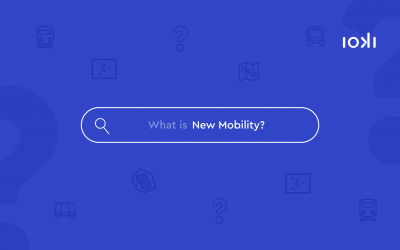Logically, alternative means of transport such as bicycles, public transport or walking are also gaining momentum and will increase from 45% to 49% in the next ten years.
The bicycle in particular seems to be gaining ground in urban areas. While the use of public transport will increase by 6% in the expected development, a whole 18% more city dwellers will be cycling by 2030 according to the study. For the cities, this means in reverse: a cyclist-friendly infrastructure, as it can already be found in Amsterdam, Copenhagen or Paris, for example, is needed! In order to achieve sustainable success in the transition from car to bicycle, such an infrastructure must take into account aspects of safety, availability and logistics.
Incidentally, the change in mobility will be particularly noticeable in the cities of Manchester, Moscow and Sao Paulo. Here, a particularly large number of city dwellers will switch from cars to more sustainable means of transport. The cities best prepared for the upcoming change are Amsterdam, London and Los Angeles.
In total all of the 31 surveyed cities face two fundamental challenges: While in Berlin, Amsterdam and New York, for example, it is primarily the citizens’ trust in the sustainable mobility concepts of their respective cities that is lacking, cities such as Moscow, Jakarta and Mumbai have completely different homework to do. Here, the citizens stand behind their city, but the city itself still has to do some homework to be prepared for the future of mobility.
The bottom line is that by 2030, almost 37 million people in cities worldwide will change their mobility behavior. A great prospect for more sustainable mobility and less traffic!



